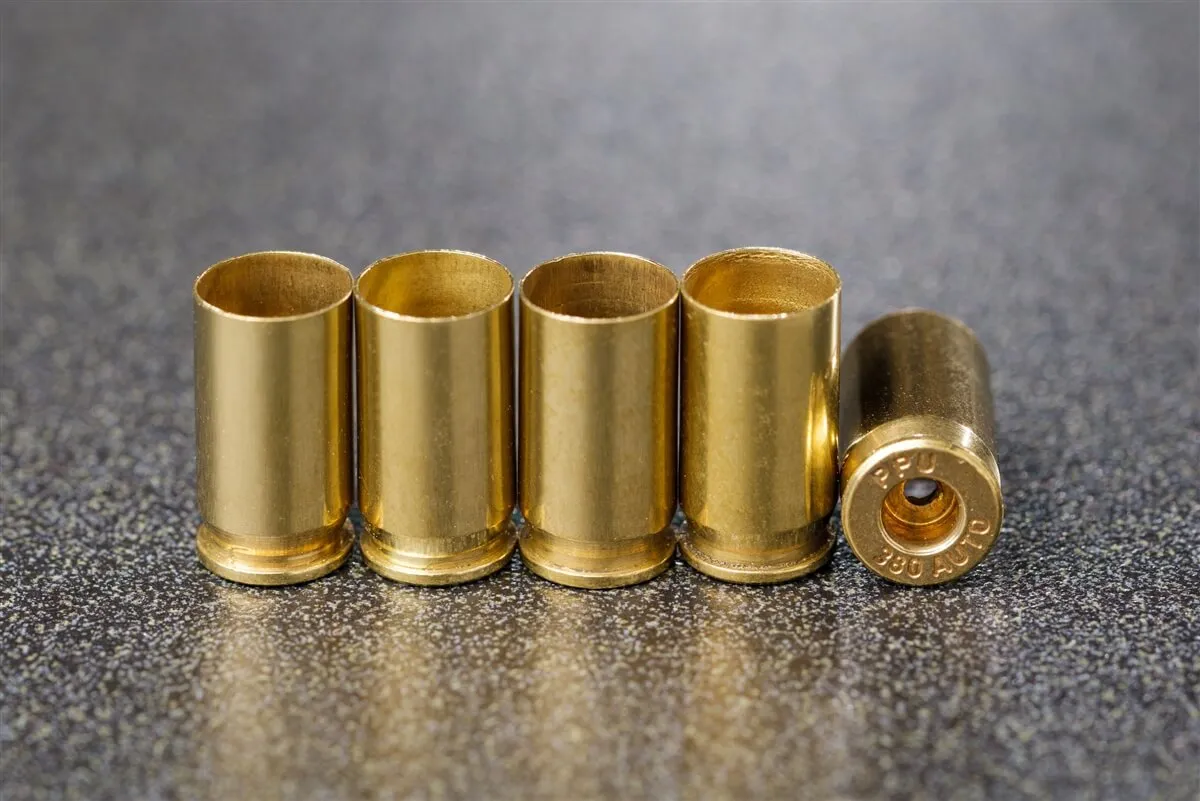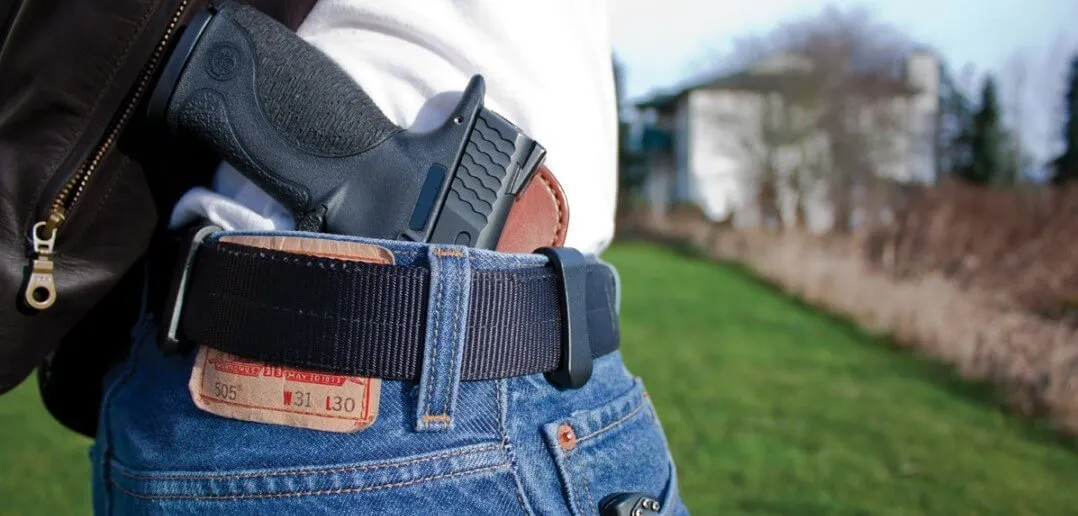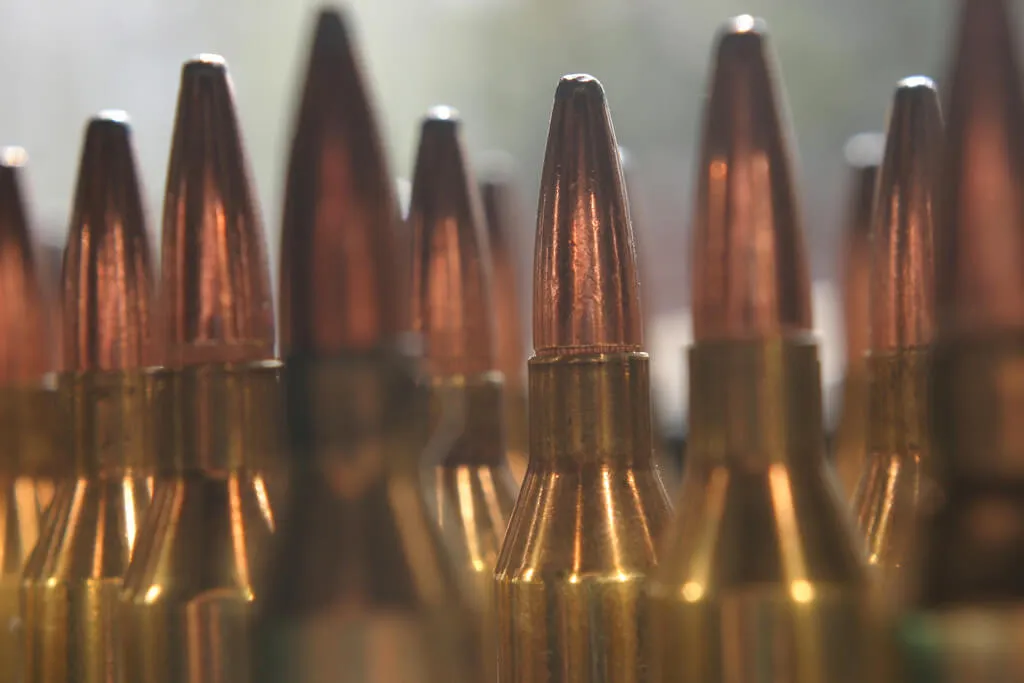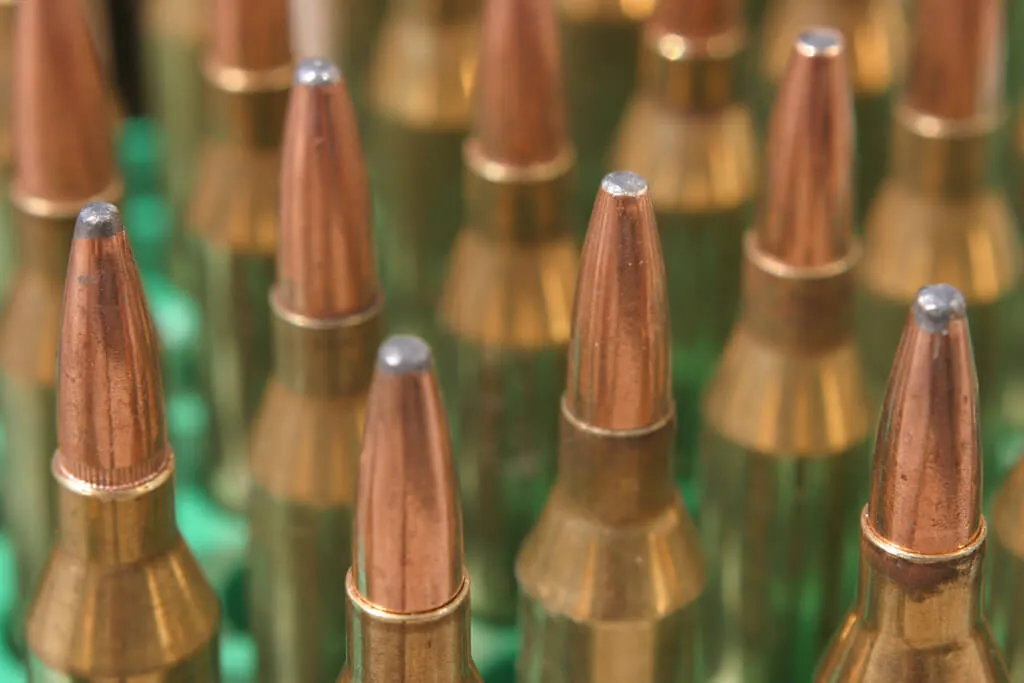Marksmanship is not easy. Any shooter has to spend countless hours of training to learn how to calculate hitting a moving target with a small flying piece of metal. However, that could change in the future.
The Defense Advanced Research Projects Agency (DARPA) is a branch of the United States Department of Defense that has been researching the development of a smart bullet. Barrel Launched Adaptive Munitions (BLAMs) are being designed with more precision and intelligence to change its path mid-air and maneuver itself to hit a moving target.
A self-steering bullet for long-distance shots will have the capability to change direction after leaving the barrel of a gun. Having a bullet work like a self-guided missile where it alters its course after being fired, will change the nature of war. Being an accurate marksman may not be the top requirement anymore if the bullet is the one doing all the work. The government agency released a video showing an experienced shooter using the technology to repeatedly hit a moving target, while an amateur person who is not familiar with the technology could easily hit a moving target using a .50-caliber size smart bullet. This is a major breakthrough in producing future guided projectiles across all calibers.
A smart bullet’s nose can rotate and change the angle to adjust its path in real time to track and engage a moving target regardless of the direction its going. Guided, gun-launched projectiles might seem like something you would only see in movies, but it is becoming a very tangible reality. The purpose behind DARPA designing smart bullets is to give great accuracy to shooters at longer distances and in unpredictable weather conditions, such as hitting targets in high winds. It will enable engaging targets quickly and enhance the safety of troops.
The bullet is designed in such a way that it follows the rifle’s laser and adjusts its trajectory using an array of sophisticated and tiny fins. The bullet’s nose has an optical sensor that sends data to electromagnetic actuators in order to steer the fins toward the target. These actuators are ideal for bullets because they can tolerate the massive forces that are generated during firing and the developed prototype has shown it can withstand accelerations over 17 000 times the force of gravity.
A ball-and-socket joint connects the bullet’s nose to its body, and it’s kept in place using piezoceramic rods that change in length when a voltage is applied. The increase in the length of a rod on one side of the bullet and the shortening of its opposite number will change the angle of the nose. Based on the input from the optical sensor, path corrections can be made 30 times per second because the rods can lengthen and contract. It is important because spinning bullets travel faster than the speed of sound and the control mechanism needs to react quickly to counterbalance.
So, with the steering mechanism and guidance system, the smart bullet tracks the target once it’s been painted with the laser. The bullet’s sensor is behind a quartz window that detects the laser’s signal thus allowing control of the bullet. These sensors can endure the stress of being fired and are the size of a microchip.
Another thing is that while it is common to use laser reflection with hand-held weapons, snipers still need to compensate for wind and gravity and wind, which affects the range regardless of how accurate the guns are. Now, with a smart bullet, you can hit the target being miles away without the gun and laser sight having to be in the same spot.
Bullets typically spin when exiting the weapon’s chamber to gain maximum speed and stability. And from about a mile, a standard bullet can pitch and yaw to miss a target by almost 29 feet. But the accuracy of the smart bullet actually improves with distance making it possible to hit a target a mile away within 8 inches. Obviously, this will prove to be extremely useful for long-distance snipers.
Another benefit is that because piezoceramic actuators can be made smaller, you won’t need to manipulate the small mechanisms as is required for conventional actuators, hence smart bullets could also be designed for smaller caliber arms to help law enforcement agencies and maybe even recreational hunting.
The military research has primarily been on the large-caliber bullets that are known to be inaccurate because they can so easily be sent off course by the wind and follow parabolic trajectories. The projectile’s motion is parabolic because its vertical position is only influenced by a constant acceleration (or drag) but the horizontal velocity is generally constant. The only way these large caliber bullets can hit a target is by firing off multiple rounds and at least one bullet will eventually the intended target. But with Barrel Launched Adaptive Munitions, they generate lift to avoid being affected by wind and gravity that give them twice the range of standard bullets. Instead of having to firing off a session of rounds, the shooter will only need one smart bullet to get a successful hit.
Smart bullets will not be a cheap box of ammunition but because of their accuracy, you won’t need as many bullets as you would normally use with standard cartridges. The piezoceramic materials, microelectronics, and integrated technology will be factors that increase the initial cost but long-term it will be a cost saving. You only need to fire one instead of firing off many to get a hit.
There is significant investment in defense and development of smart weapons and demand is expected to grow in the coming years. While research and development is still ongoing, and it will take some time, maybe even years before the first smart bullet is used in real-life combat. Obviously, this will be a serious game changer for the military that will make its snipers even more deadly. And the chances of being able to ‘dodge a bullet’ will be even more unlikely.














